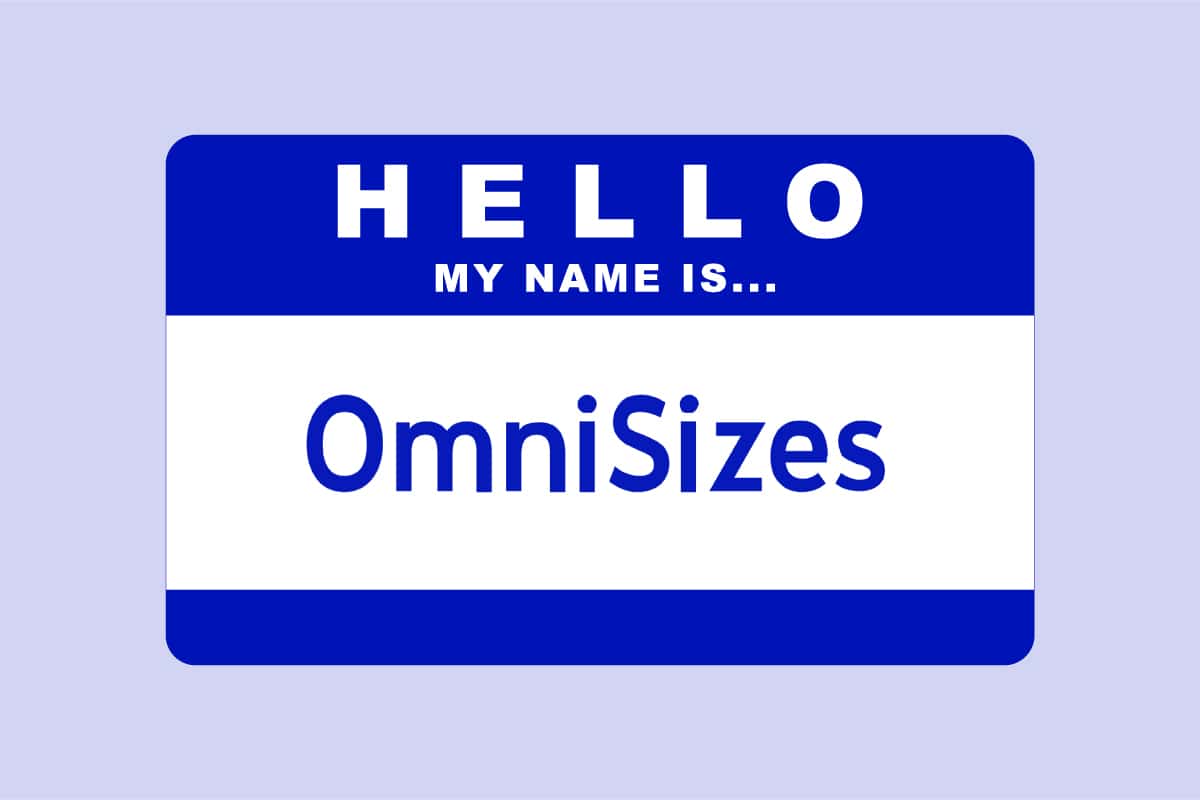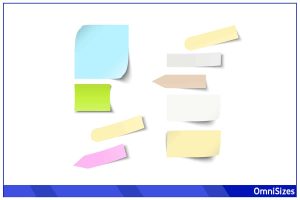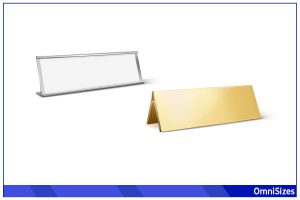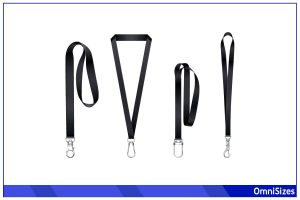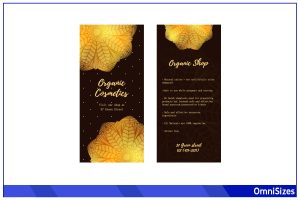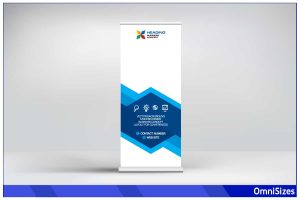Name tags play a role in introductions, networking, and business events. They provide a quick way for people to identify one another to foster connections and break the initial barriers of unfamiliarity.
The standard size for name tags is usually 1 × 3 inches. However, there are other common sizes, including 1.5 × 3.5 and 2 x 4 inches. Depending on the event and the amount of information displayed, the sizes can vary to fit the need.
This guide will go over the different name tag sizes, including what circumstances call for non-standard sizes. It will also cover common mistakes to avoid when designing name tags for your event.
Common Name Tag Sizes and Their Uses
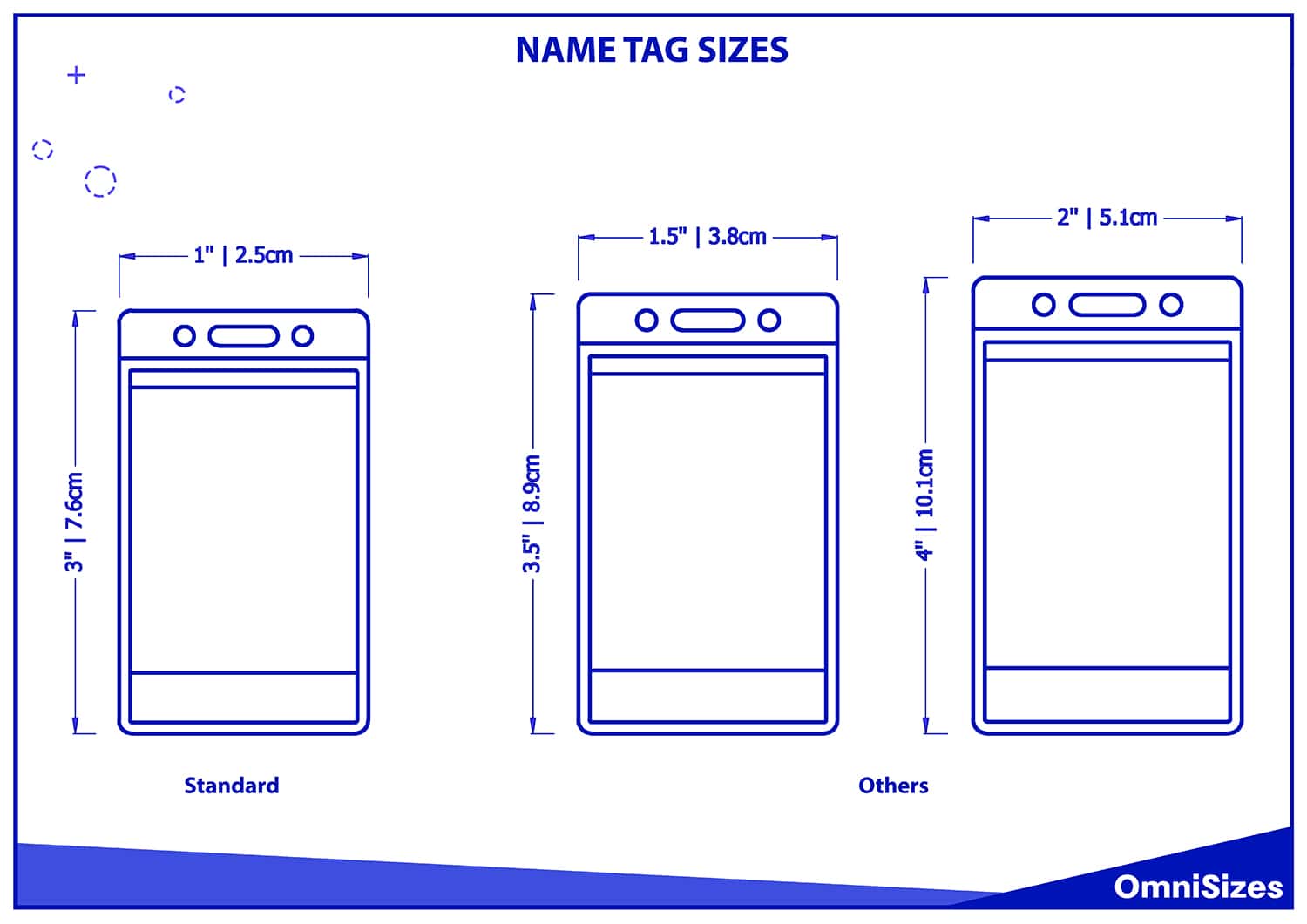
Name tag sizes vary to cater to different purposes and events. Compact sizes offer subtlety, while larger ones accommodate more information at a glance.
Small (1 × 3 inches): For Subtle Introductions
This size is among the most popular choices for name tags. It’s compact, making it unobtrusive and suitable for events where simplicity is key. A 1 × 3-inch tag usually accommodates a name and possibly a title, making it a go-to for seminars, corporate meetings, and networking events where introductions are brief.
Medium (1.5 × 3.5 inches): The Versatile Choice
Offering a bit more space, the 1.5 × 3.5-inch name tag is versatile. It can comfortably fit names, titles, and even company logos without appearing cluttered. You’ll often see this size at trade shows, workshops, and conferences. It strikes a balance between providing essential information and maintaining a professional look.
Large (2 × 4 inches): For Detailed Information
When there’s more to share than just a name or title, the 2 × 4-inch size comes into play. This size is spacious enough for names, titles, logos, and additional details like department names or qualifications. It’s common at academic conferences, detailed workshops, or events where attendees come from varied backgrounds and roles.
Materials and Their Impact on Size
When choosing a name tag, the material used is a defining factor that goes beyond mere aesthetics. Different materials have unique properties that can also affect the size.
Plastic vs. Metal
Plastic name tags are versatile and can be molded into various sizes easily. Lightweight and economical, they’re a popular choice for events with a large number of attendees, such as trade shows or corporate training sessions. Since plastic can be thin yet durable, it’s possible to have compact name tags without sacrificing readability.
Metal name tags exude a sense of elegance and professionalism. Typically found in more formal settings like executive meetings or upscale conferences, they’re often slightly larger to enhance their visibility and prominence. The rigidity of metal can also mean a bit more weight, leading to considerations about its size, especially when worn for longer durations.
Flexible vs. Rigid
Flexibility in name tags can be a desirable feature, especially for active events where attendees move around a lot. Flexible materials, like certain plastics, can adapt to the wearer’s movements, reducing the chance of the tag getting caught or bent.
Rigid name tags hold their shape and provide a sturdy feel. Materials like hard plastic or metal fall into this category. Because they don’t bend, there’s a limit to how large they can be before they become unwieldy or uncomfortable.
Considerations Based on Material Properties
Beyond size, the choice of material can influence other design elements. Reflective materials might require larger fonts or bold designs for easy readability. Some materials, like certain metals, can be engraved for intricate designs that might necessitate larger dimensions.
Custom Name Tag Sizes: When and Why
Different situations may call for custom name tag sizes. These aren’t your typical off-the-shelf options but are tailored to specific needs.
1. Special Events and Unique Requirements
Certain occasions call for something distinct—perhaps it’s a themed event, a milestone company anniversary, or an unconventional seminar. Custom-sized name tags can align with the event’s theme, making attendees feel part of something exclusive. For instance, an art gala might benefit from irregularly shaped or oversized tags that double as conversation starters.
2. Benefits of Bespoke Sizing
Opting for a custom size offers flexibility in design and information display. More space can mean adding QR codes for networking, detailed attendee backgrounds for niche conferences, or vibrant graphics for brand-centric events. Moreover, a unique size can make a statement, setting the tone for the event and making it memorable.
3. Making an Impression with Uniqueness
In a sea of standard name tags, a custom size can instantly stand out. This differentiation can be particularly valuable in crowded spaces like trade shows or exhibitions, where businesses compete for attention. It demonstrates attention to detail and a willingness to think outside the box. For businesses or individuals aiming to be remembered, investing in a distinct name tag size can offer a competitive edge, creating a lasting impression long after the event concludes.
Common Mistakes to Avoid
Names tags serve as simple identity markers, there are common pitfalls many fall into during the design and selection process.
1. Overloading Information
It’s tempting to cram as much data as possible onto a name tag, especially when you’re enthusiastic about sharing details. Key information like names or titles can get lost amidst the clutter. A clean, minimalistic design with just the essentials ensures quick recognition and promotes efficient networking.
2. Choosing the Wrong Size for the Setting
A large, detailed name tag might be fitting for a specialized conference but can feel out of place at a casual mixer. Conversely, a small, understated tag might go unnoticed in a bustling trade show. Match the size of your tag to the nature of the event and consider the expectations of the attendees.
3. Neglecting Aesthetic Appeal
Using clashing colors, unreadable fonts, or outdated logos can send the wrong message. Harmonious designs, legible text, and current branding elements enhance the overall look and feel of the tag, making it more appealing to viewers.
4. Overlooking Attachment Methods
The attachment method, be it pins, magnets, or lanyards, should be suited to the event’s activities and attendees’ attire. For instance, magnets might be a better choice for events where attendees wear suits, as they won’t puncture the fabric.
